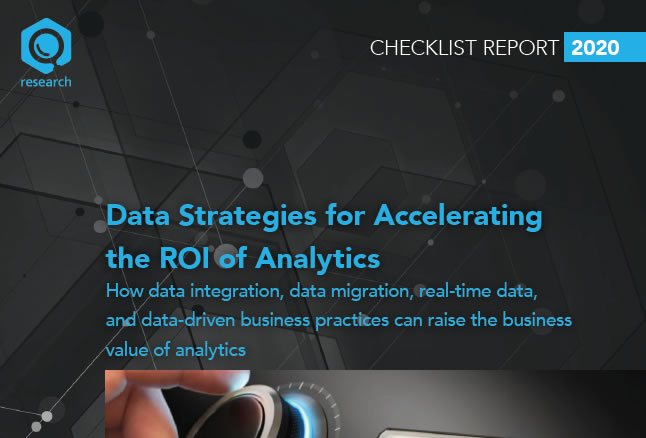White Paper
Data Strategies for Accelerating the ROI of Analytics
Breaking down data silos requires a data integration strategy that effectively brings together data from across your business – from mainframes to the cloud. Using the ROI of analytics can deliver clear data strategies with successful results.
It’s common knowledge that integrated data analytics is an established way to achieve important business goals, such as revenue lift, increased competitiveness, customer retention, customer account growth, new product development, operational efficiency, and cost containment.
To get the greatest return on investment (ROI) from each new analytics initiative or implementation, organizations are extending the data integration infrastructure that provides data for analytics. After all, the old adage “garbage in, garbage out” still applies, even with modern analytics.
The outcome and effectiveness of any analytics application will be influenced by the volume, breadth, sources, models, quality, and semantics of the data provisioned for it. While data requirements for analytics vary across the many forms of analytics – to achieve the fullest ROI and shortest time to use for analytics, organizations must employ data integration and other data management techniques and tools to provide just the right data, in just the right format.
Learn how a well-planned data integration strategy can give you the data-driven business practices needed to deliver the most effective analytics possible. This report from TDWI addresses these questions:
- How does an effective data strategy increase the ROI of analytics?
- What forms does data strategy commonly take in the context of analytics?
- For what business and technology situations do you need strategies focused on analytics ROI?
